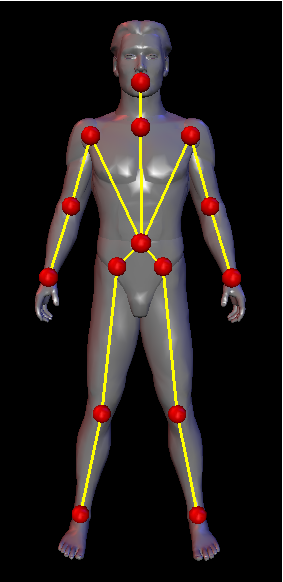
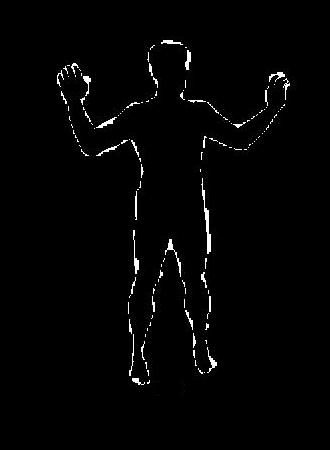
| ||||
| Figure 1: Body model with underlying skeleton structure (l). Energy function for one camera views (r). | ||||


| ||||
| Figure 1: Body model with underlying skeleton structure (l). Energy function for one camera views (r). | ||||
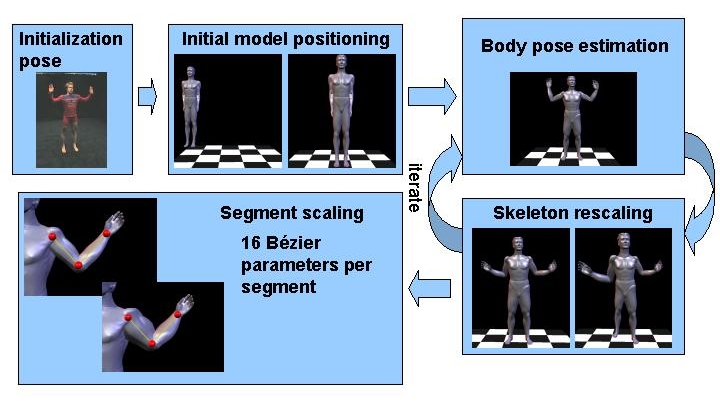
|
||||
| Figure 2: Schematic overview of the initialization method. | ||||
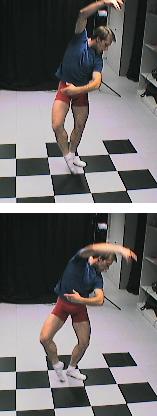
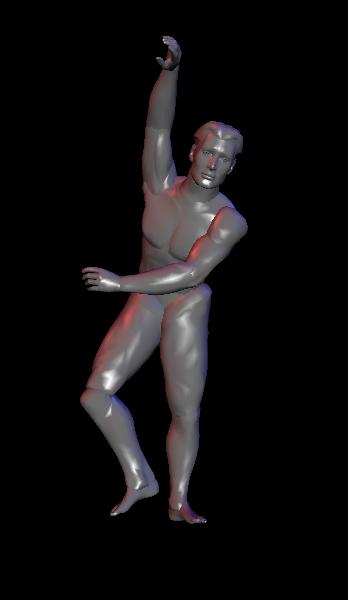
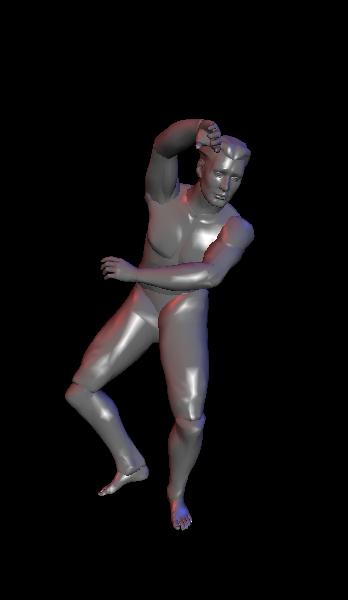
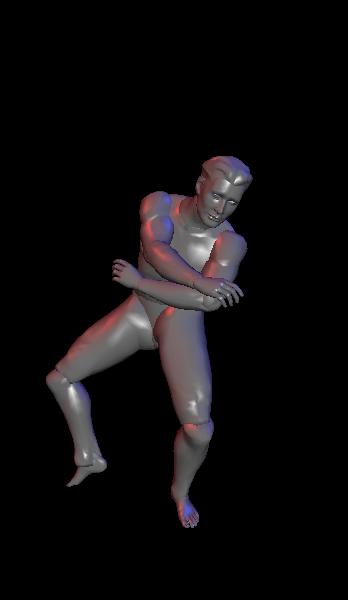

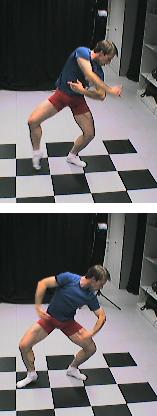
|
||||
| Figure 3: Input images and corresponding poses of the body model as they are found by the motion capture method. | ||||